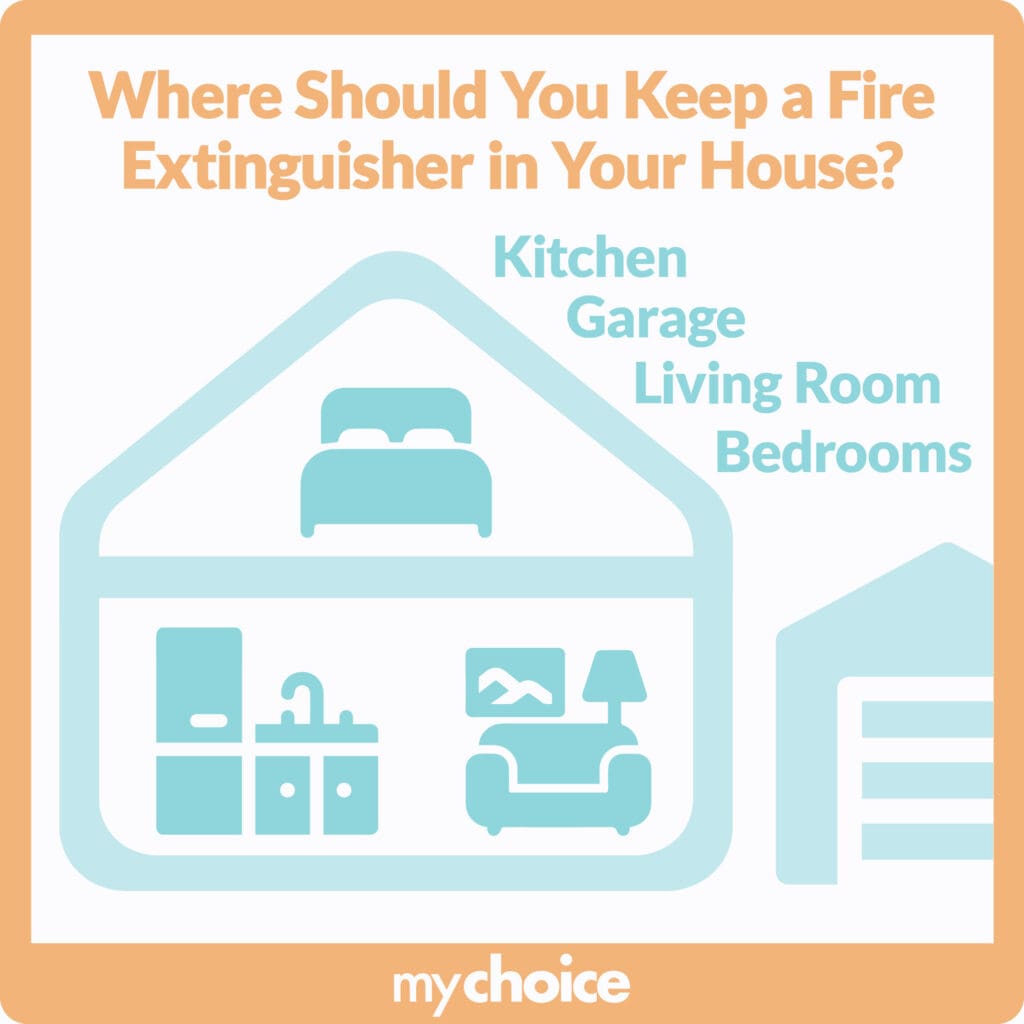A key responsibility of every homeowner is ensuring that your fire extinguishers are well-maintained. Regular inspections and proper fire extinguisher maintenance not only keep these devices functioning, but they also protect your family and prevent hazards.
What should you look for when inspecting your fire extinguisher, and where should you keep a fire extinguisher in your house? Read our definitive guide to learn more about these fire safety devices, how many you should have in your home, and how to perform proper fire extinguisher maintenance.
Why Is Having a Fire Extinguisher in Your House Important?
A fire extinguisher can help you deal with a blaze while it’s still small and keep it from escalating, but there are other reasons why you should keep one around. Here’s a quick explanation of those reasons in greater detail:
Where Should You Keep a Fire Extinguisher in Your House?
As a rule of thumb, Canadian homeowners should have at least one fire extinguisher on each level of their home. But you may be unsure where to place fire extinguishers and why. Here are some locations to consider placing one in:

No matter where you keep your fire extinguisher, it should be visible and at a height that all family members can quickly access. Keep it away from potential heat sources and direct sunlight, as exposure can make your extinguisher’s parts degrade and fade crucial signage rapidly.
How to Perform a Fire Extinguisher Inspection
Performing monthly inspections of your home fire extinguisher is crucial to keeping it in good working order. Here’s our definitive fire extinguisher maintenance checklist – keep these items in mind so you can spot issues quickly and get it replaced:
By knowing what signs to look for every month in your fire extinguisher, you can keep it in good working order and stay prepared for emergencies. If you spot a problem during an inspection, contact your fire extinguisher company for help and additional services.
Key Advice from MyChoice
Contact your local fire department for proper guidelines if you need to dispose of a damaged or expired fire extinguisher. Fire extinguishers can pose a serious hazard when disposed of improperly, so check how and when you can get rid of them safely in your area.
Fire extinguishers are most effective in the earliest stages of a fire, so prioritize your family’s safety if it becomes clear that a fire is becoming unmanageable. Exit your home immediately if a house fire doesn’t extinguish quickly or your extinguisher runs empty without putting the fire out.
Even if your fire extinguisher passes a visual inspection, remember that these devices have a limited lifespan. Check with your extinguisher’s manufacturer to find out how often you should replace it.








